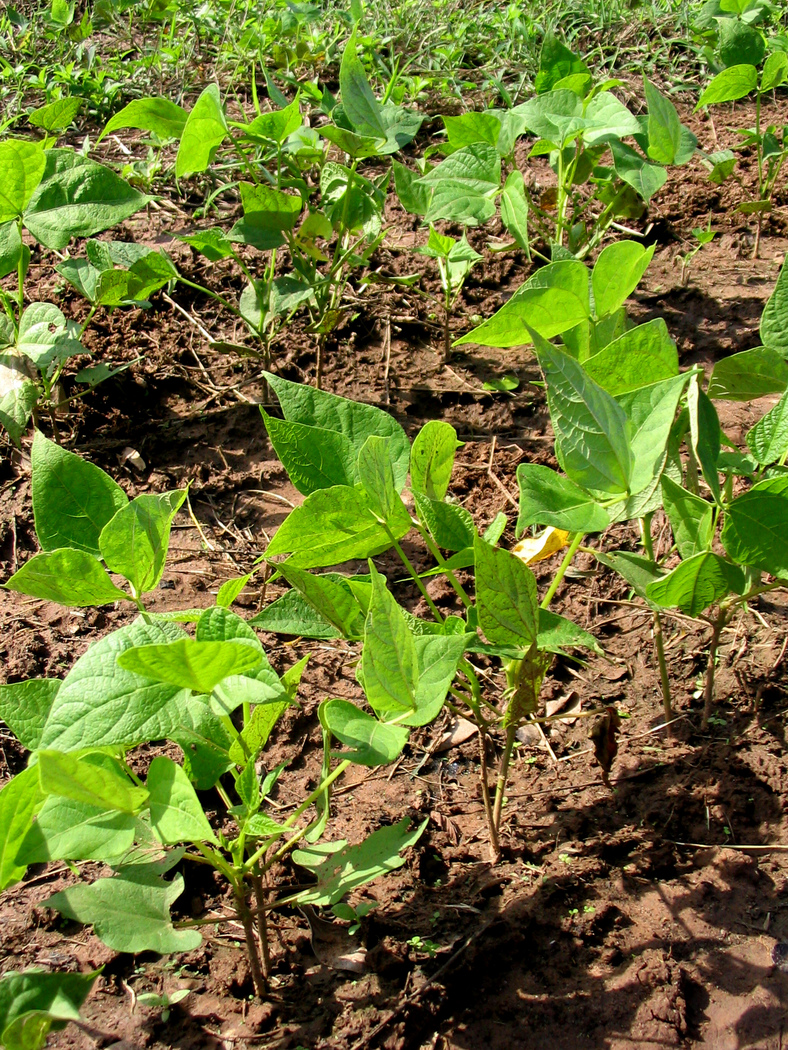
|
source: imi2686.jpg, 1536x2048 2.2mb 2004:03:25 a031105.html (file 95 / 190), 25 April 2005 |
Carioca backward | thumbnails | forward | text |
The CCCh's purpose in inviting MCC to the area was to promote animal traction, but when it became clear how little interest it inspired in Imi itself, I started looking for a more appropriate focus. Crop diversity was the obvious alternative. My neighbors didn't need any encouragement to eat a wider variety of foods, but they didn't have experience producing them. To complicate matters, they don't have easy access to seed, and they can't really afford the risk involved in potentially fruitless experimentation. None of these factors presented any problem for me, however (my only problem was that I didn't know anything about farming).
My second year in Imi the community organized an Animal Traction team, headed by Don Benito. Don Cruz was able to help them with almost all the technical issues that came up. Meanwhile, I spent most of my time testing about forty different (previously rare or unknown) crops, and experimenting with a number of alternate methods for planting corn and kumanda.
I mostly looked at different beans, since they rotate well with corn. Doña Justina had told me her favorite bean, to eat, was carioca (which looks and tastes a lot like pintos). I found seed in Santa Cruz, and had pretty good, though not excellent, production. The next year Imi decided to plant a hectare of carioca, as a community.
The harvest was pretty good, and through some quirk in Brazil's economy (Brazil is the biggest market for beans: again, most Bolivians don't eat them), the price was over Bs 200 ($25 usd) per hundred pound bag. The usual price hovers around Bs 60. My neighbors had talked about selling the crop before they'd planted, but now, even with it's incredible price, they vacilated. In the end, they decided to eat it.